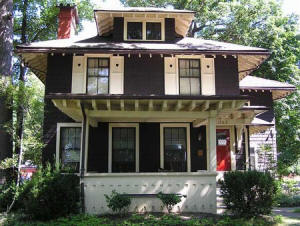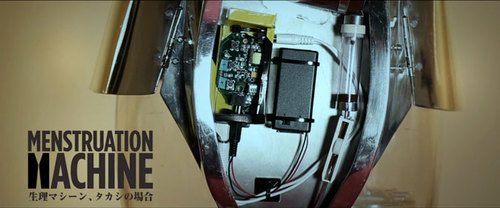
As readers of my book “Crunchy Cons” know, I’m a big fan of small houses. Architectural historian Jayne Merkel thinks we Age of Austerity folks have a lot to re-learn about the virtues of small houses. Excerpt:
In an era of economic austerity and a seemingly permanent energy crisis, can “less is more” become popular again?
Sadly, many of the small, architect-designed houses of the postwar period have been demolished to make way for McMansions. But those that remain, and those we know about from blueprints and photographs, have much to teach us — about the efficient use of space for storage, integrated indoor and outdoor space and the way careful design can facilitate natural ventilation. When you think about how many rooms you actually use, it seems obvious that various ideas from that optimistic era could make the next decade a happier, saner one than the overstuffed times we’ve just lived through.
Unfortunately, her essay focuses solely on Modernist houses, which many of us find dehumanizing and even ugly. I wish she had spent some time on Arts & Crafts bungalows, which can be small, but which also tend to be far more humane in their design. From the American Bungalow magazine site:
[T]he affordable bungalow once created a civilized existence for the common man in the United States. Its design–governed by the principles of straightforward simplicity and an affinity for the environment and family life–so popularized the bungalow that it soon spread throughout the land. It was a home every American could dream of owning.
Here’s my final DMN column, a tribute to our little Old East Dallas bungalow, and what it meant to us.
In any case, I highly recommend those interested in what amazing things can be done with thoughtfully designed smaller houses to check out the books and other work of Sarah Susanka.

